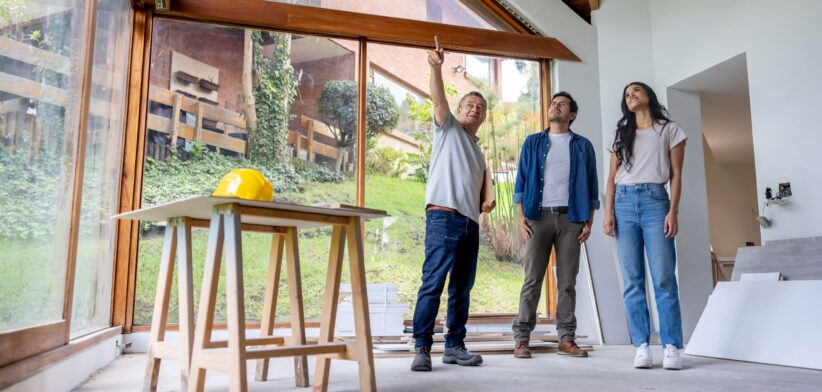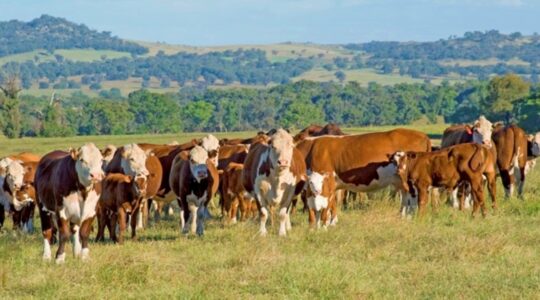More than 30,000 extra homes could have been built in Queensland over the past 10 years if state policies worked to attract capital investment.
Property Council of Australia Queensland Executive Director Jess Caire said current policy settings were discouraging investment.
Speaking at a Queensland Futures Institute event in Brisbane today (February 12), Ms Caire said multiple levers needed to be pulled to meet the current high demand for housing, a crisis she said the industry had been warning about for more than 20 years.
“Our policy makers haven’t been listening to the private sector about D-Day and here we are,” she said.
Ms Caire said that now that the crisis has been acknowledged, recent debate hadn’t focused enough on the inputs that drive up the cost to deliver new supply to the market.
She said Property Council research showed 33 percent of the cost of a house and land package was made up of fees and charges across the three levels of government.
“If you break that down, that is (on average) $233,000 in taxes that you’re paying and you pay that back on your mortgage. With the interest it takes a first-time buyer nine years to pay back that money.”
Ms Caire said the tax regime added to other barriers to delivering more houses, with labour shortages and planning red tape making it difficult to make projects stack up.
“We need to make sure we’re looking at all of the levers and not making haphazard policy reform that then delivers unintended consequences.”
She said changes needed to be made to incentivise new supply to market and drive down costs, including with the tax regime.
“What does the government do when they want you to stop doing something? They tax it, like cigarettes and alcohol.
“It beggars belief that we would be taxing the very asset that we need more of right now.”
She said, in Queensland, if developers utilized international private capital over a certain percentage, even though they may be an Australian-based developer, they were charged a surcharge on top of the normal land tax holding.
“So what we’re actually doing is discouraging investment. Some of the research we did last year shows that since 2016, 33,000 homes could have been delivered.
“But what’s happened is that investment went elsewhere because capital is mobile and it will go where it’s welcome.”
Ms Caire said Queensland was in the spotlight at the moment for a variety of reasons, including the Olympics.
“If we don’t actually start acting like a global city, we’re not going to attract investment here.
“With a couple of tweaks we could say we are the most compelling investment proposition.”








